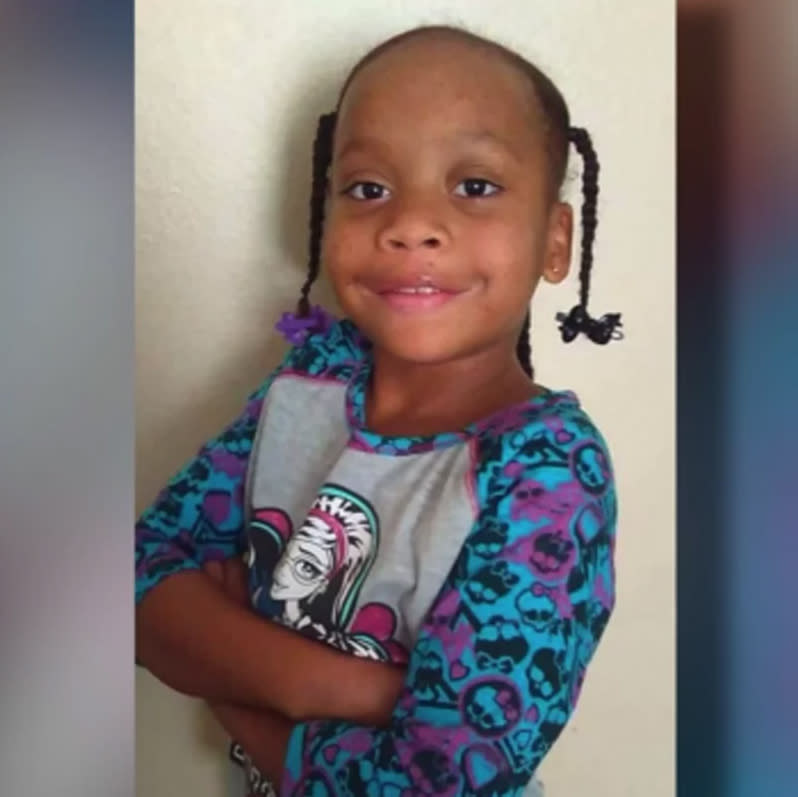Viral support for bullying victims like Keaton Jones won't fix the bigger problem
When a video of Keaton Jones, a bullied boy crying to his mother about the torment he faced at his Tennessee middle school, went viral late last week, celebrities rallied in support. Actor Chris Evans, Tennessee Titans tight end Delanie Walker, and singer Katy Perry were just a few of the famous names who sent messages of support to Keaton in the days after his mother posted the video to social media. And it wasn’t the first story of childhood bullying to make headlines recently — just a few weeks earlier, 10-year-old Ashawnty Davis committed suicide after she confronted and fought with her bully and the video wound up online, her parents say. (That tragic response may have influenced yet another child’s suicide, this one of 8-year-old Imani McCray, say prosecutors.)

As with so many viral episodes these days, Keaton’s story took on a life of its own. As quickly as the outpouring of support arrived, so too did the backlash — photos spotted online of his mother and other family members posing near Confederate flags sparked an uproar, causing some of Keaton’s online supporters to turn on him. His mother, Kimberly Jones, spoke out, telling CBS News that these were “the only two photos on my entire planet that I am anywhere near a Confederate flag.” She went on to say that “I spent most of my life being bullied and judged because I wasn’t racist.”

But the swirl around Keaton’s story, as is often the case when one viral episode dominates headlines, has shifted the conversation away from the one we really need to be having: Why is bullying still happening and to such a severe degree? And how can we make it better?
“Individual stories are important for galvanizing interest in and concern about the issue of bullying, which affects millions of kids every year. But when we get too caught up in the individual circumstances it is possible to lose sight of the forest for the trees,” says Robert Faris, associate professor of sociology at University of California, Davis, whose research focuses on teen bullying. “It’s good for people who are in the position to make important school decisions to have faces to put to these stories — they are motivating in a way that statistics never will be. But I try to take a broader view and understand why not just one kid experiences this, but why does it keep happening in very similar ways to millions of kids? What are the commonalities across schools and across kids of various backgrounds?”
The facts about bullying are grim: Between 25 and 33 percent of U.S. students say they have been bullied, and most of that bullying occurs in middle school, according to StopBullying.gov. Approximately 30 percent of young people admit in surveys to bullying others, and 70.6 percent of young people say they have seen bullying in school.

Faris says there are two different patterns of aggressive behavior, or bullying. The first, he says, is the typical scenario of one kid being defined as “different” and becoming an outcast. “What it means to be different is very subjective. A kid can get this label for whatever reason: weight, acne, poverty,” Faris says. “We see this process of ostracism — the vulnerable kid being left out and isolated and picked on — across cultures.”
The second type of bullying, Faris says, might be more dangerous. That’s when kids — often the most influential kids in the school — use aggressive behavior strategically, as a means of climbing the social ladder. “Often, that kind of bullying is subtle,” he says. “Kids don’t even think of it as bullying. They use terms like ‘talking shit.’ This often occurs within friendship groups or between friends, which makes the negative effects double, because they come with the feelings of being betrayed.”
But while there is a wealth of information about the prevalence of bullying in schools, there is less clear-cut information about how to prevent or stop it. “Many prevention programs have been tested in schools with modest results,” according to StopBullying.gov. “Others have failed to make a difference.”
Faris puts it more bluntly. “Most bully prevention programs don’t work. They rarely have lasting impact,” he says.
“There is all sorts of inflated rhetoric about bully-proofing your school, or stomping out bullying,” Faris adds, but he says the only way schools can come close to achieving that is to address and counteract popularity dynamics. “The fact that aggressive behavior can be rewarded with more prestige and more friends is really difficult for adults to counteract.”
According to Faris’s research, the most promising way to combat bullying is to help kids develop high-quality friendships. “One of the biggest surprises for me in the decade of research I’ve been doing is that the majority of adolescents have what I would define as poor-quality friendships,” he says, pointing out that few kids maintain friendships for more than a four-and-a-half-year period. Ask kids to name their five to 10 best friends, Faris adds, and less than half of those nominations will be reciprocated.
So why would improving these friendships help address the bullying problem? “Stable friendships provide support and anchors,” Faris says. “The logic of social climbing means you will have to let go of old friends. Kids who are locked into these friendships are less willing to make the sacrifices necessary to climb the social ladder.”
And strong friendships won’t just prevent you from becoming a bully, they can save you from getting bullied too, since the more strong connections you have, the less likely you will be deemed a singular “other.”
“A lot of research suggests that having at least one friend is strongly protective,” Faris says. “And when victimization does happen to these kids, they are likely to be less affected by it because they have a support system.”
Read more from Yahoo Lifestyle:
5-year-old survivor of Texas church massacre just wants Christmas cards for the holidays
Sandy Hook mom and dad speak out in rare interview: ‘You don’t heal from grief’
Follow us on Instagram, Facebook, and Twitter for nonstop inspiration delivered fresh to your feed, every day.

